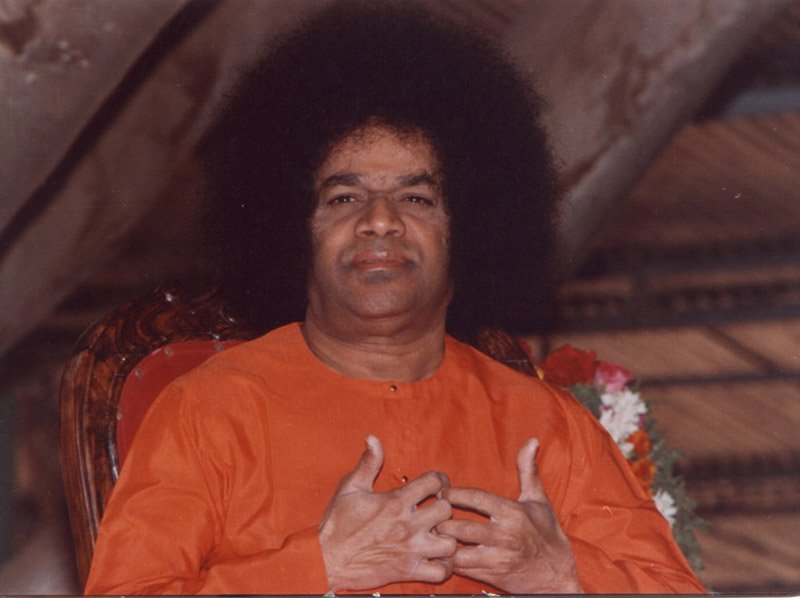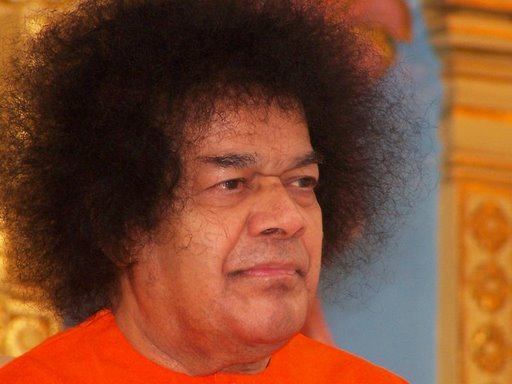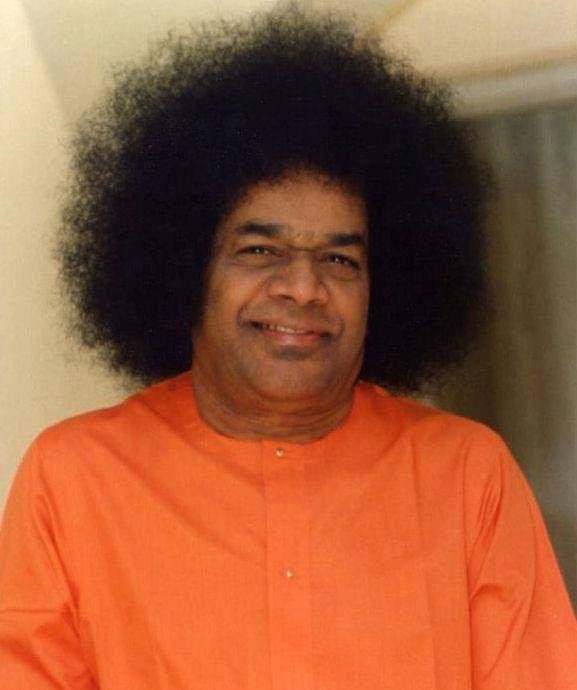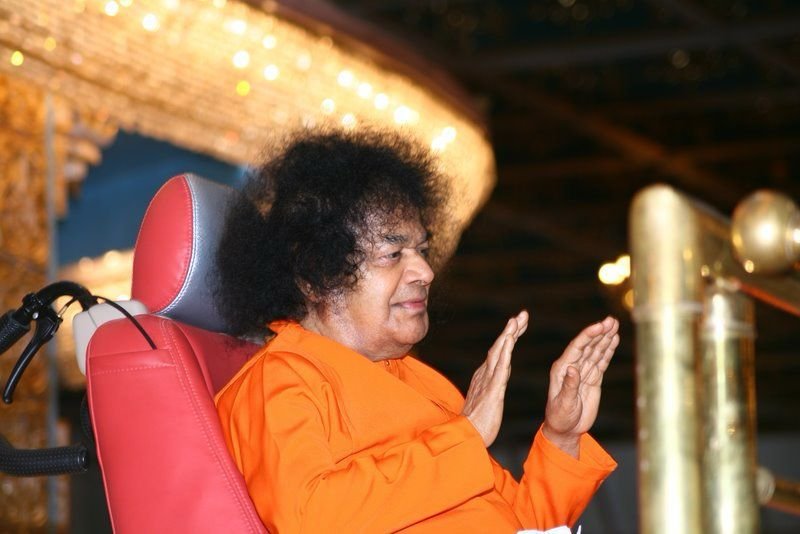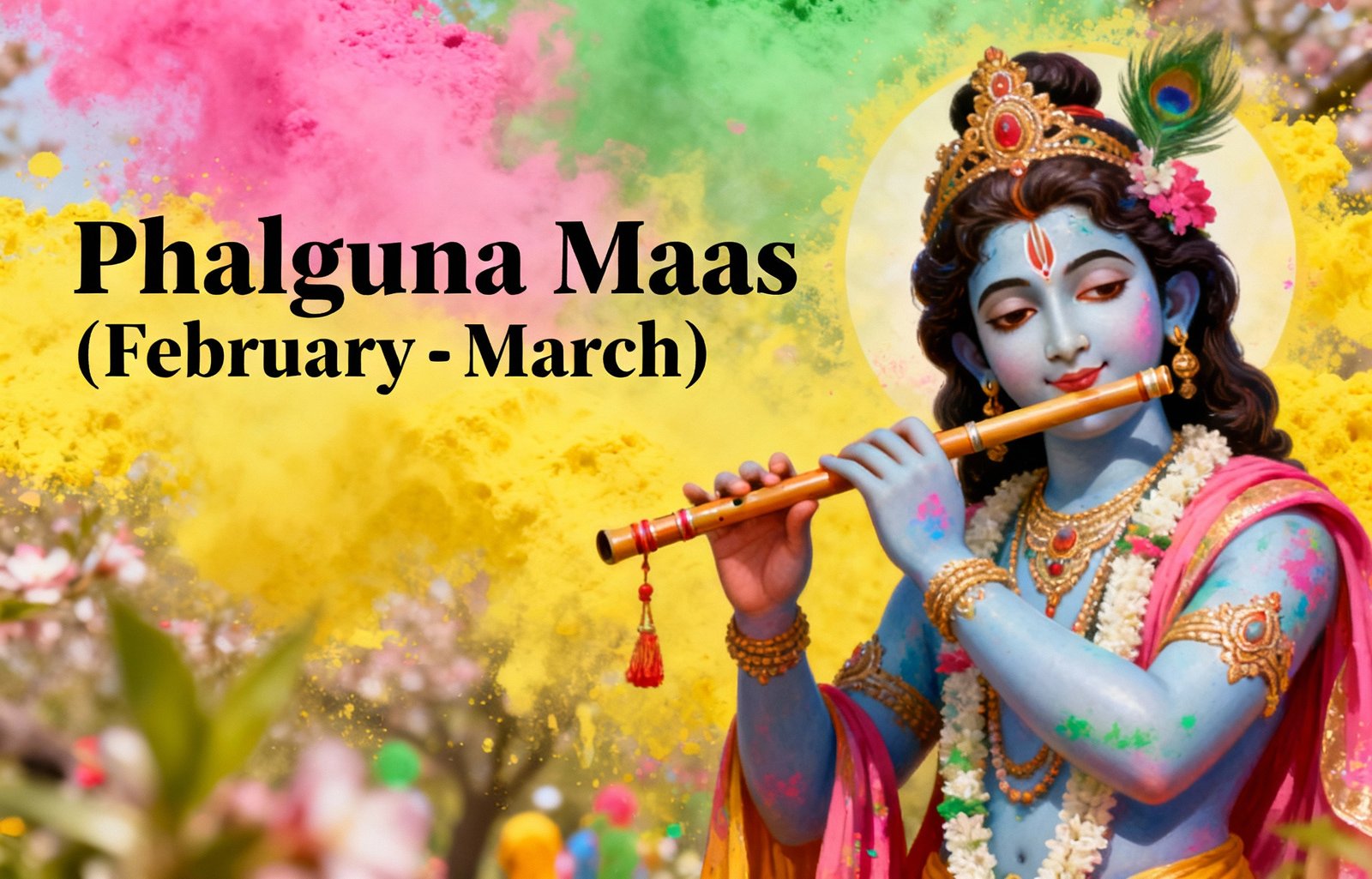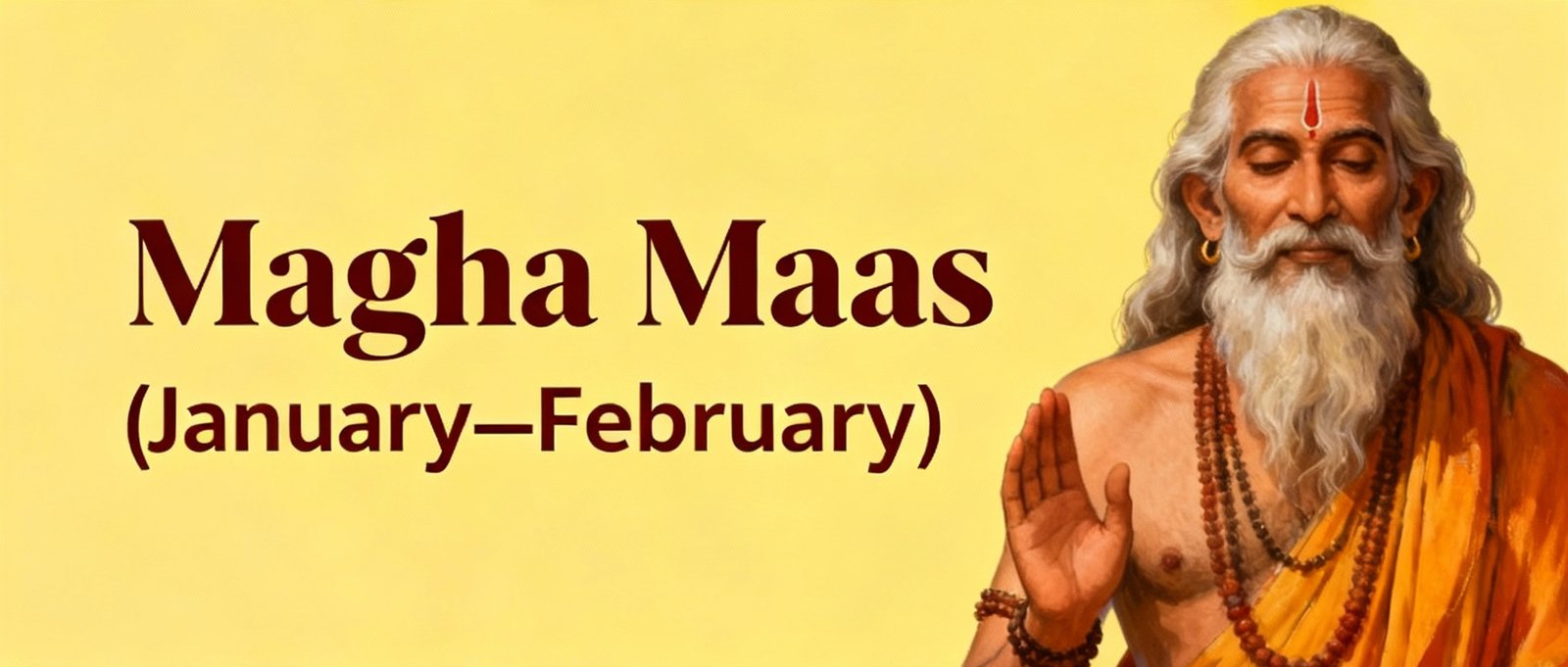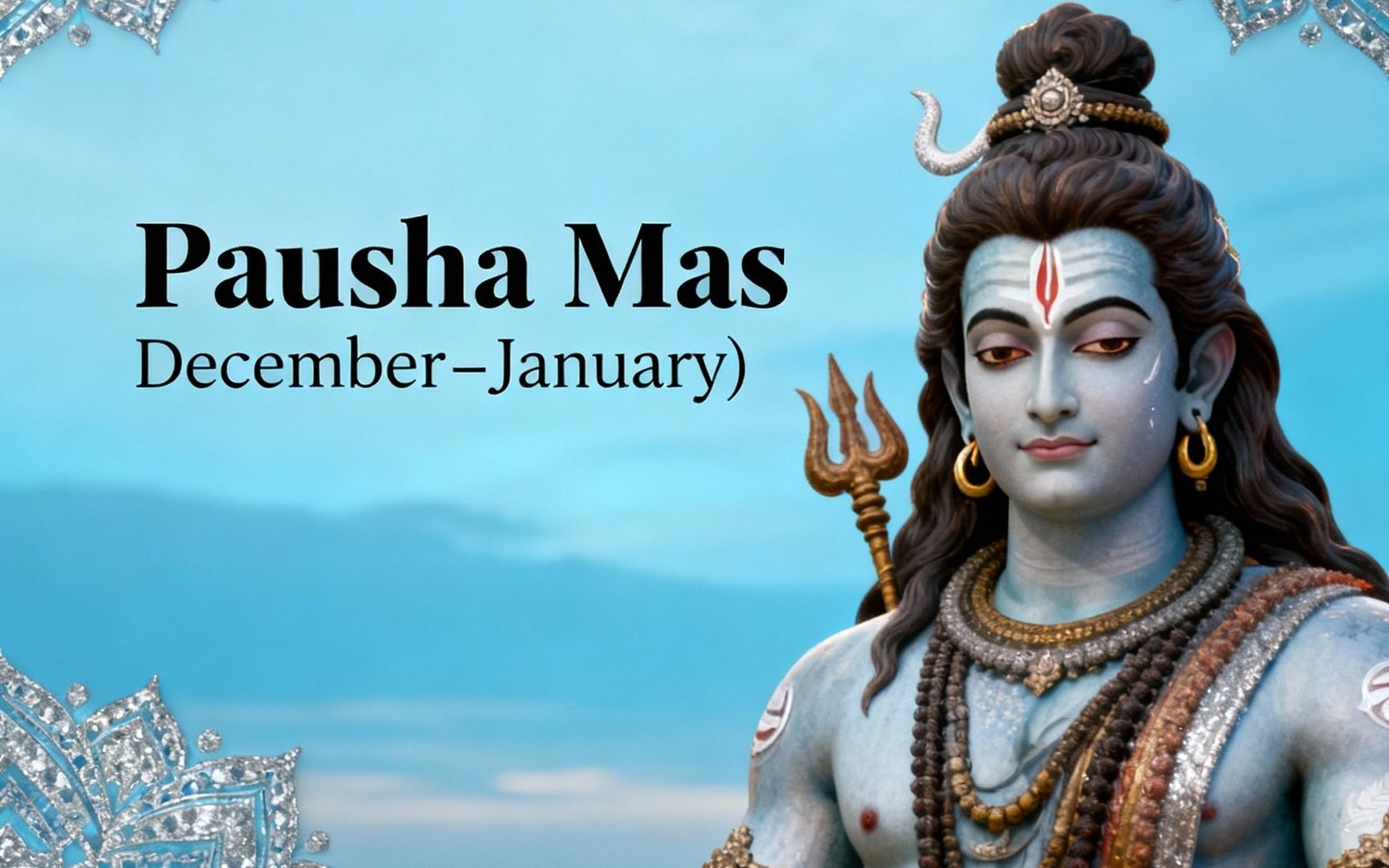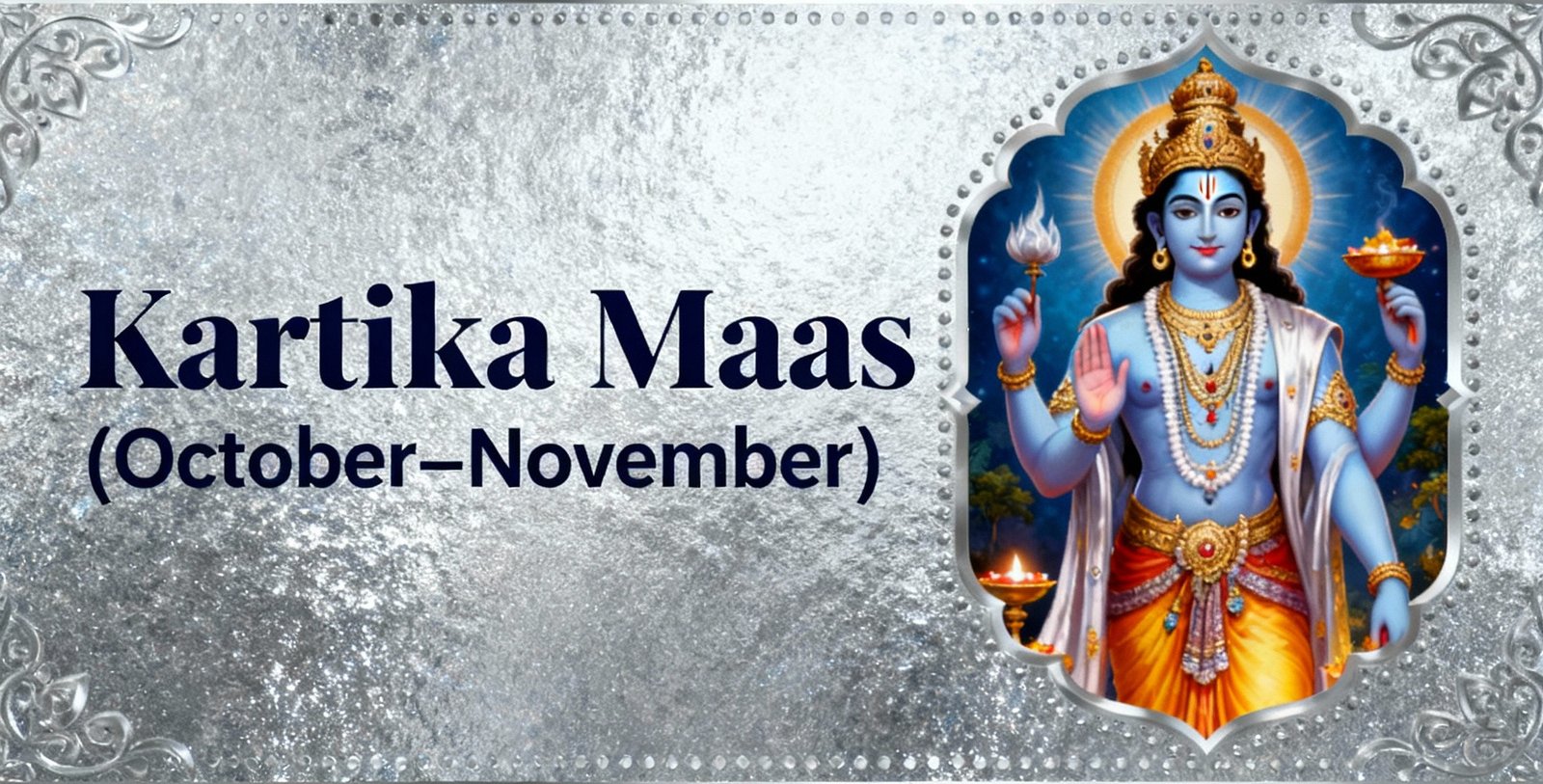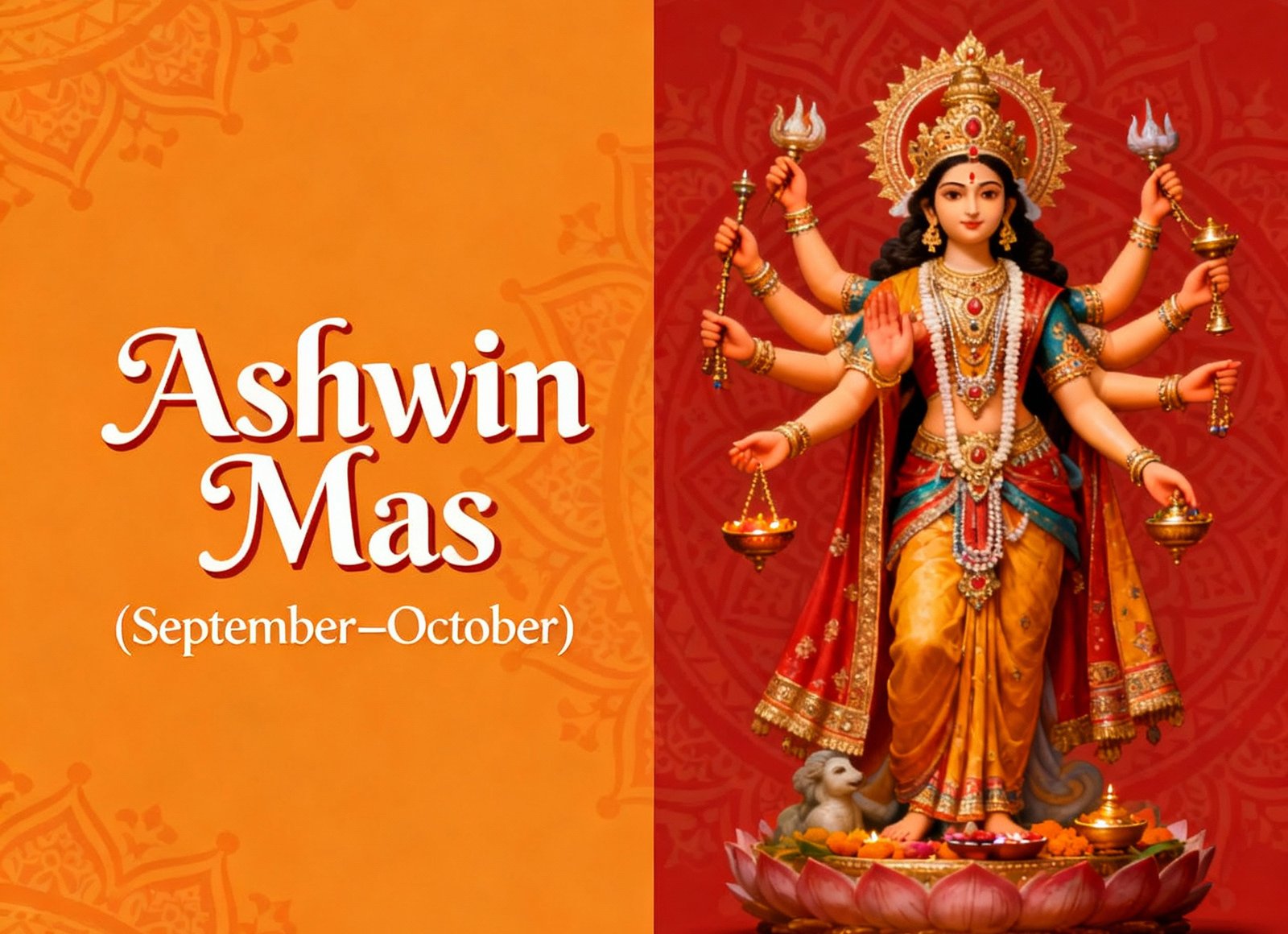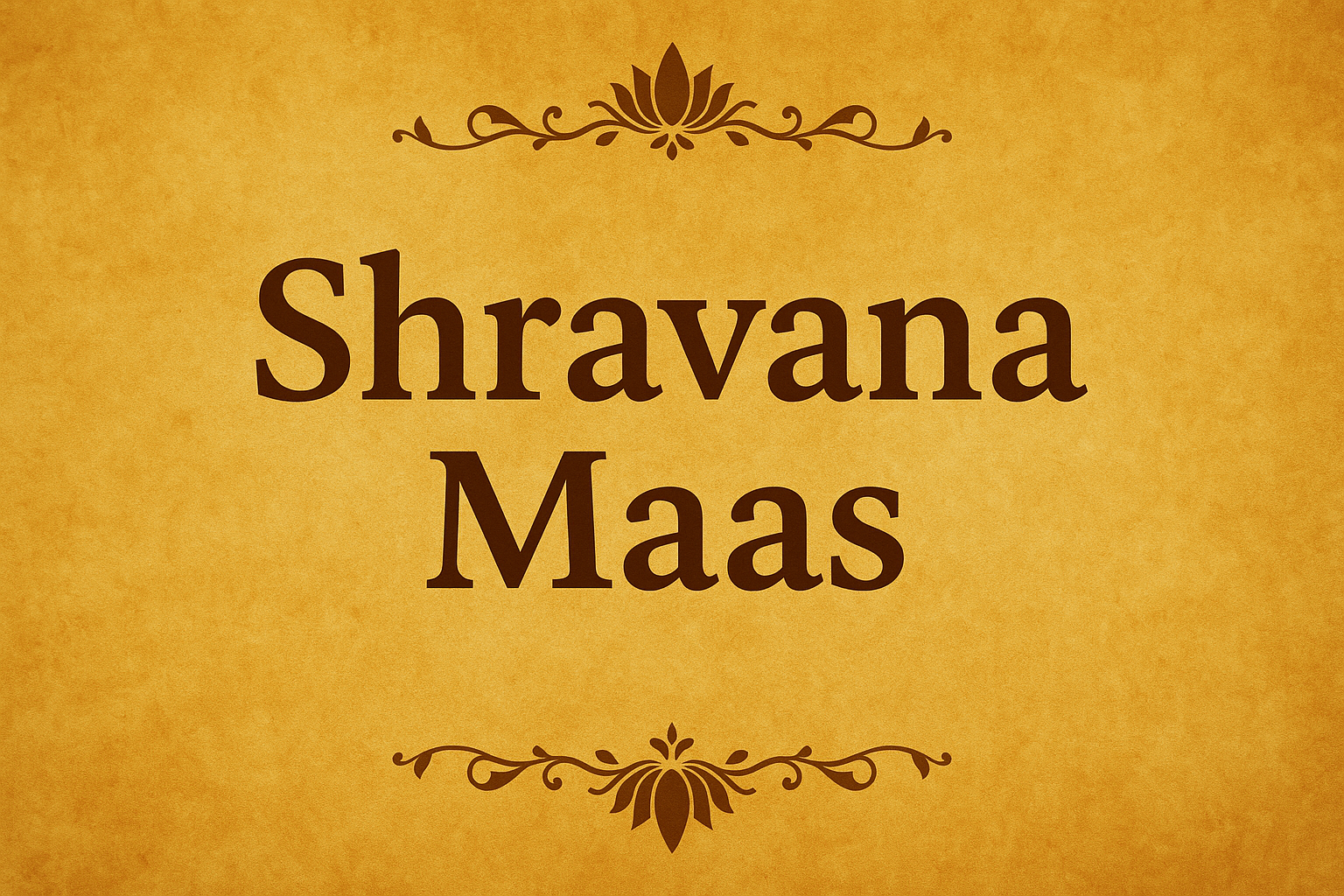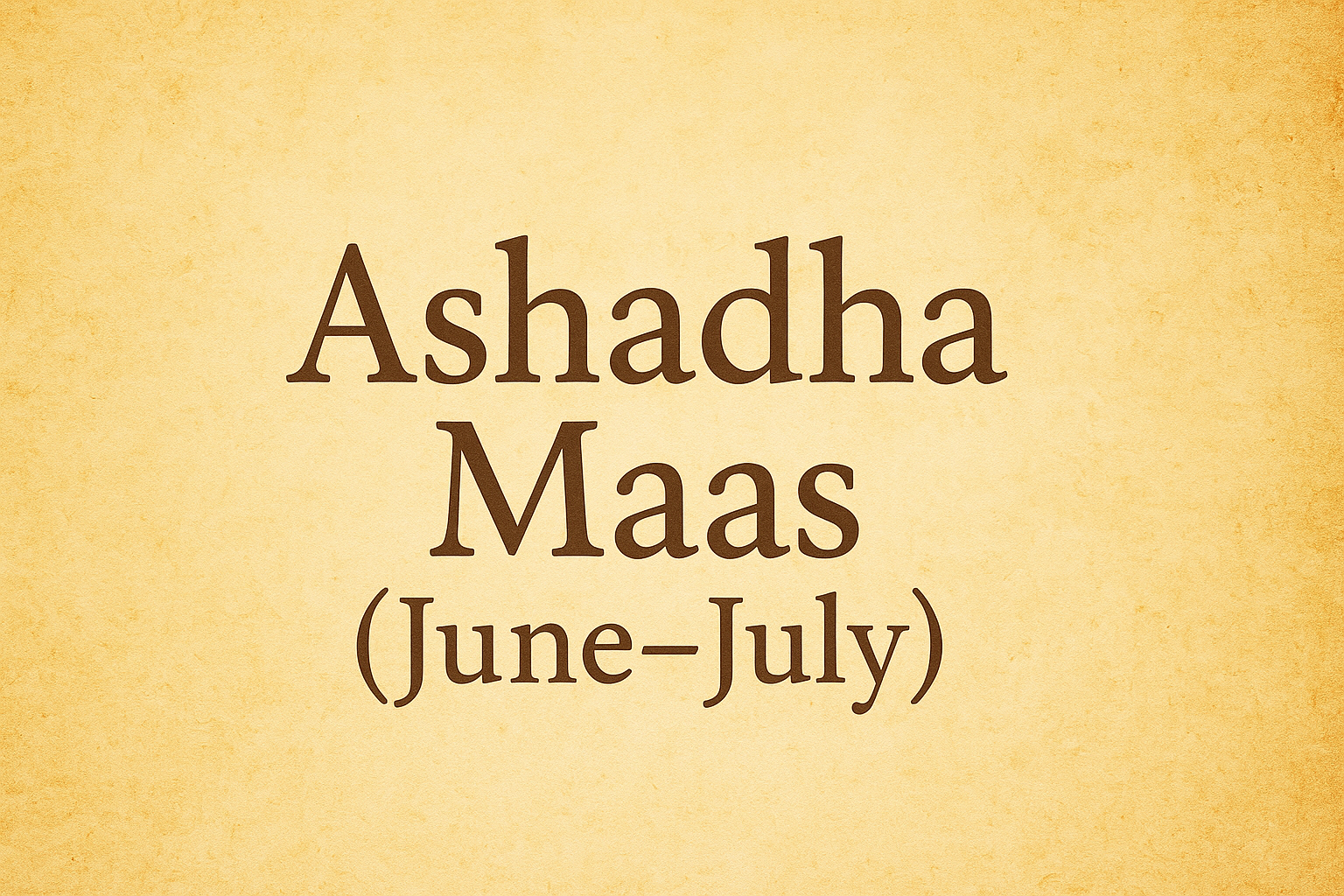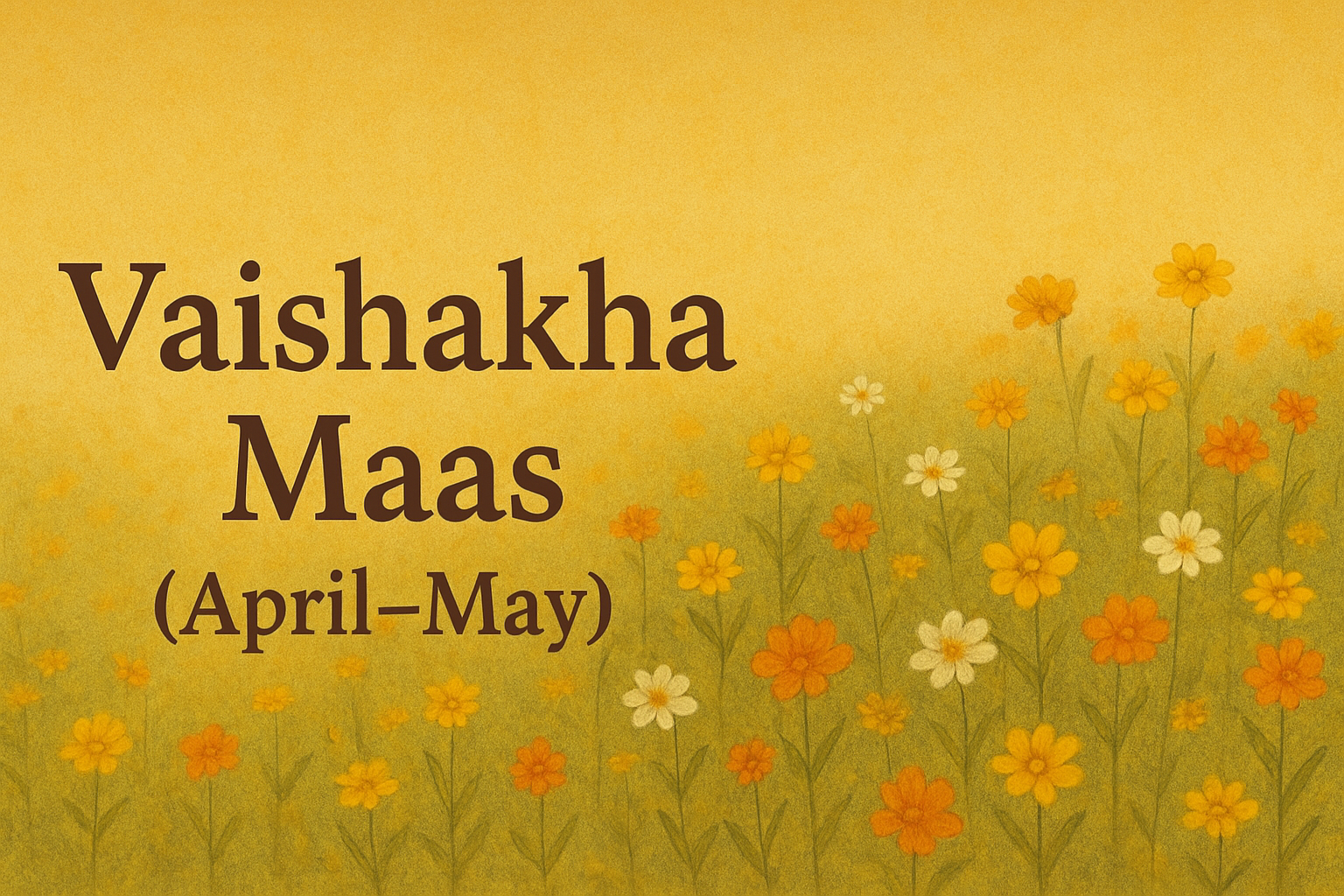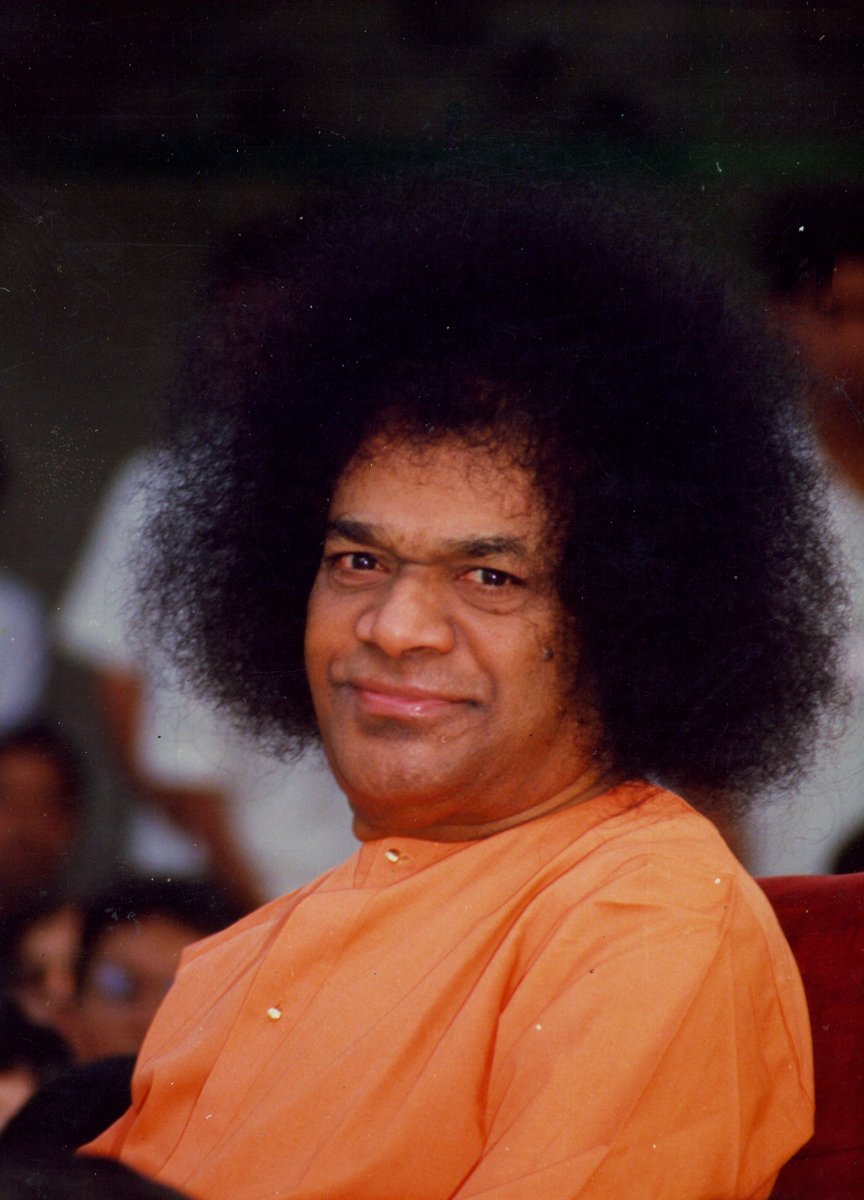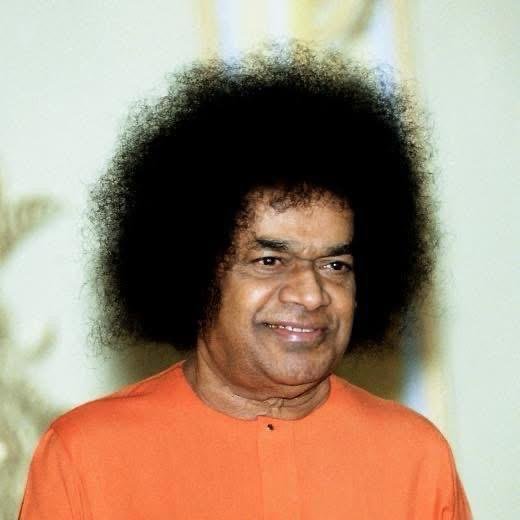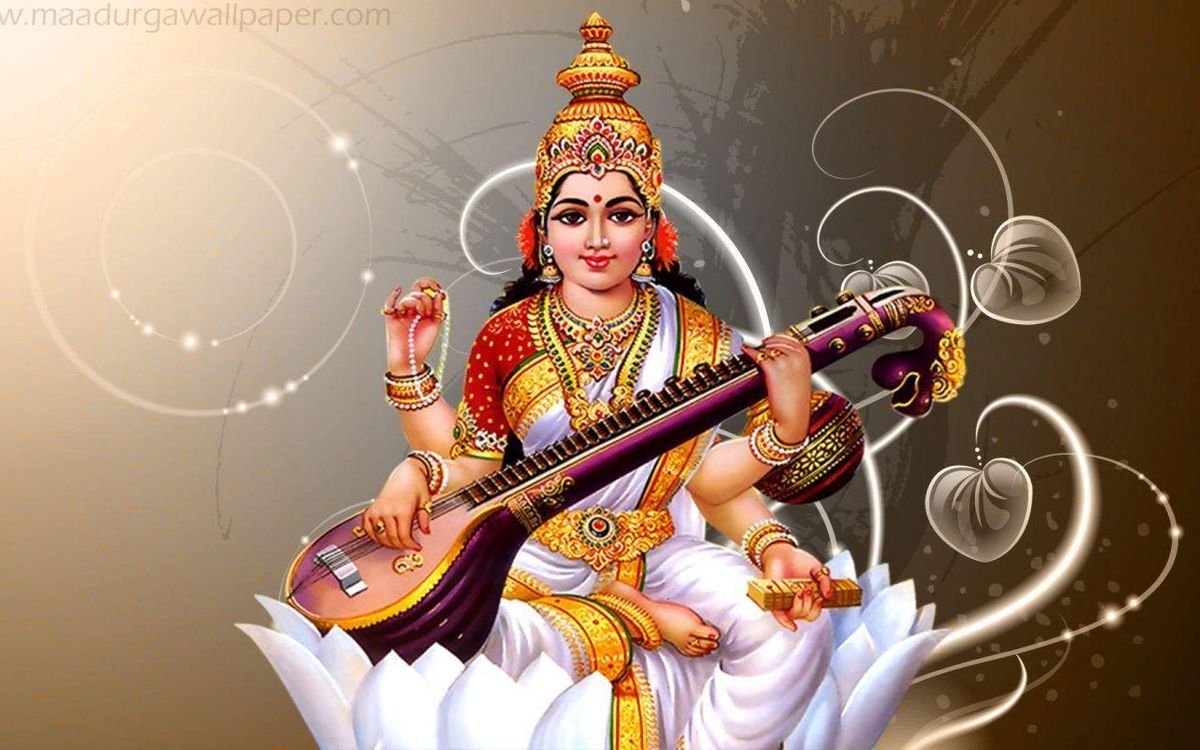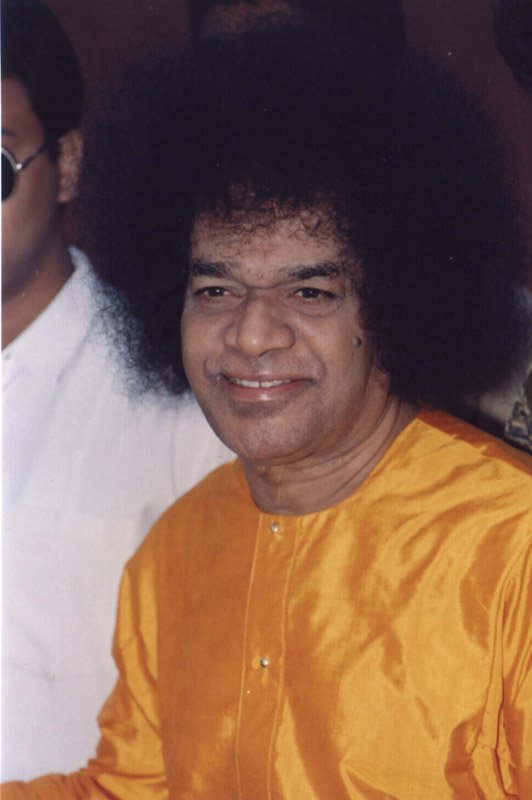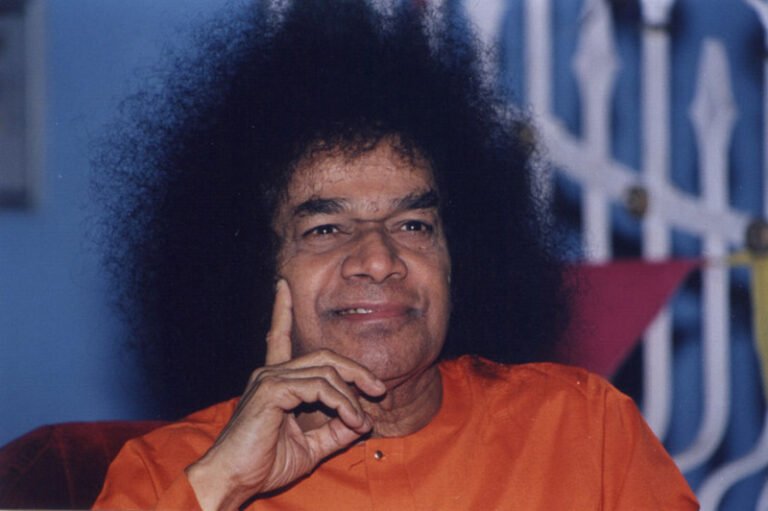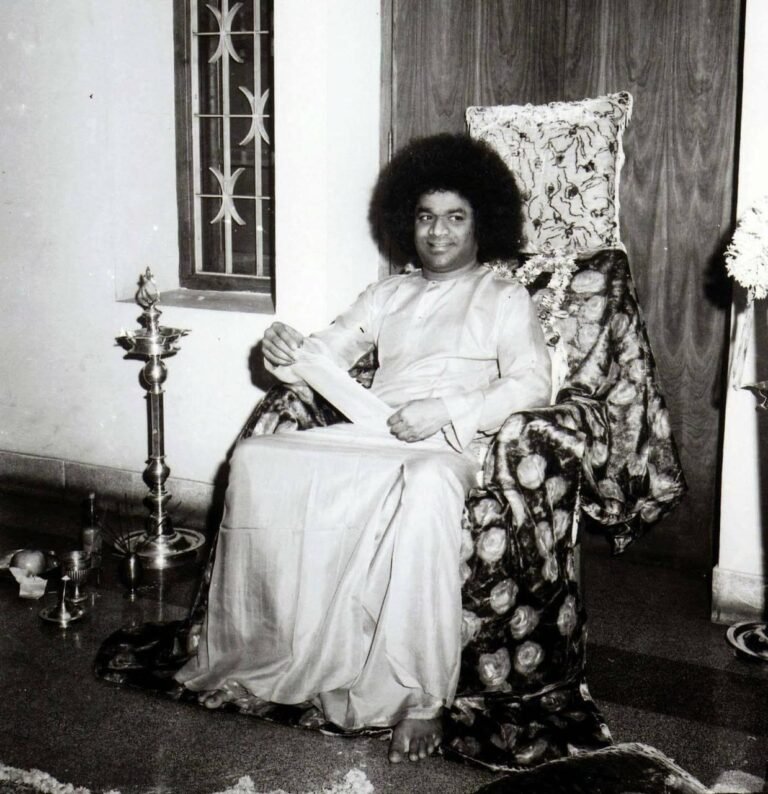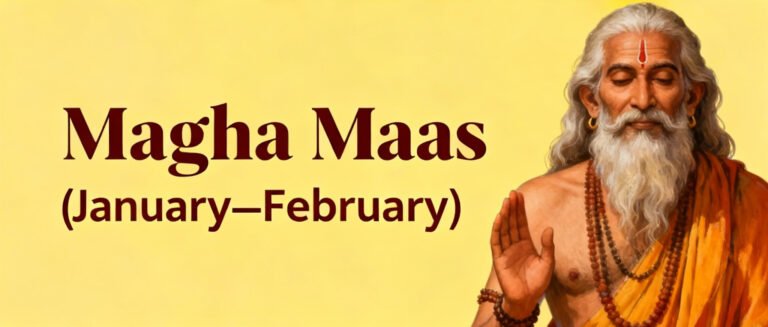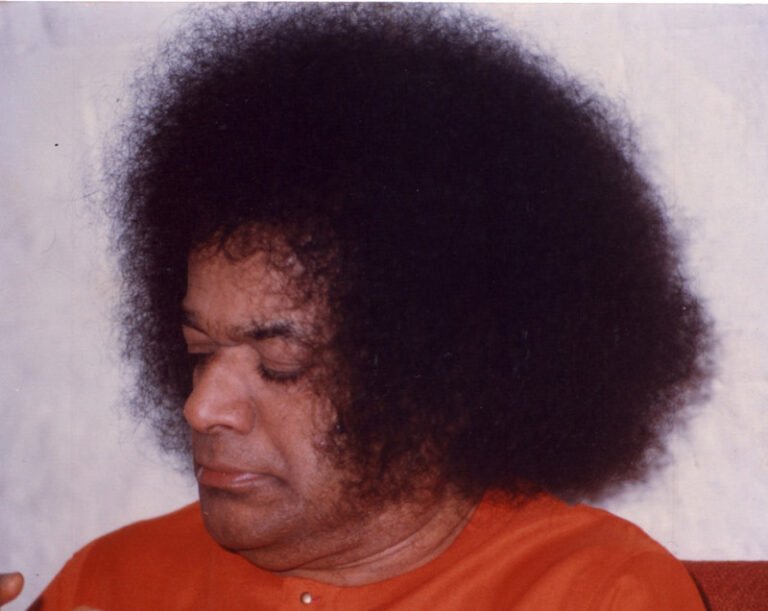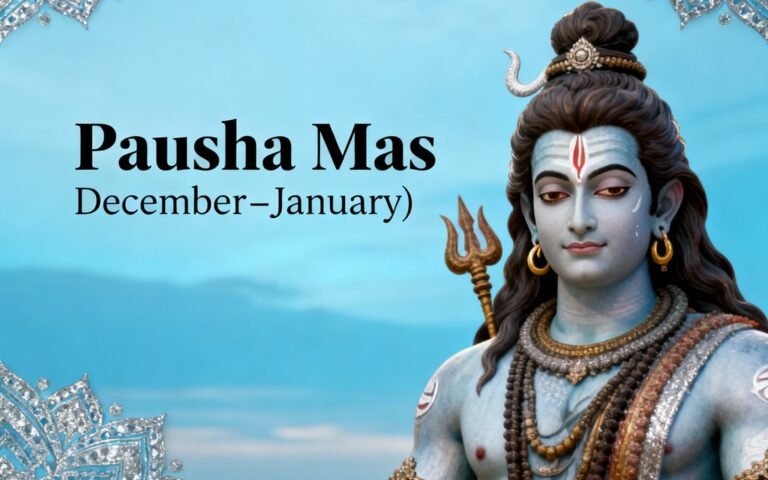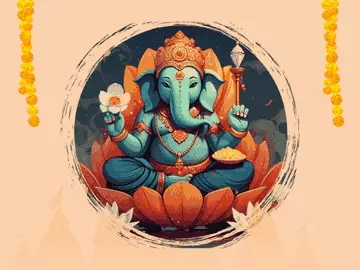Chaitra (MarchтАУApril)
Ekadashi In The Month Of Chaitra (MarchтАУApril)
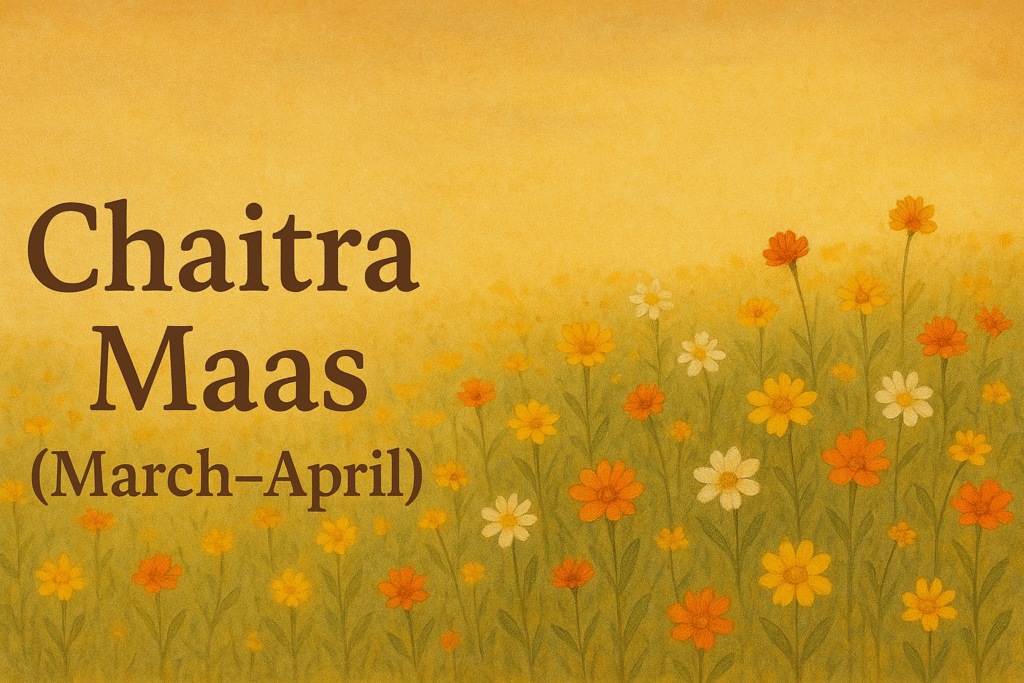
Papmochani Ekadashi тАУ Krishna Paksha (Chaitra Month)
Papmochani Ekadashi falls during the Krishna Paksha (waning phase of the moon) in the month of Chaitra (MarchтАУApril) as per the Hindu lunar calendar. The word тАЬPapmochaniтАЭ translates to тАЬthe remover of sinsтАЭ, symbolizing spiritual purification and liberation from all forms of negative karma. It comes between Holi and Chaitra Navratri, making it an important transitional Ekadashi that bridges the festive and spiritual months.
ЁЯУЦ Mythological Significance
According to the Bhavishya Purana, Lord Krishna narrated the importance of this Ekadashi to King Yudhishthira. The story revolves around a sage named Medhavi Rishi, who lived in the lush Tapovan forest and performed deep penance. A celestial dancer named Manju Ghosa once came to distract him. The sage, swayed by her beauty, lost focus and lived with her for several years, forgetting his spiritual duties.
One day, realizing his mistake, Medhavi Rishi repented deeply. He approached his father, Rishi Chyavana, for guidance. The sage advised him to observe Papmochani Ekadashi Vrat with complete devotion. Medhavi did so with pure intent, and all his sins were washed away. The nymph too, when she followed the vrat, was liberated from her heavenly curse.
Thus, the day is a reminder that no matter how deeply one is entangled in worldly desires or mistakes, sincere repentance and devotion to Lord Vishnu can free one from the bondage of sin.
ЁЯЩП Religious Observance and Rituals
- Fasting (Vrat):
Devotees observe a fast starting from sunrise on Ekadashi until the next day (Dwadashi) morning.- Nirjala Fast: Only water is consumed.
- Phalahar Fast: Fruits, milk, and water are permitted.
- Grains, lentils, onion, garlic, and meat are strictly avoided.
- Worship of Lord Vishnu:
- The day begins with an early bath, followed by the worship of Lord Vishnu, particularly in his form as Sri Hari or Lord Rama (since it precedes Ram Navami).
- Offerings of tulsi leaves, fruits, incense, lamp, and flowers are made.
- Devotees recite Vishnu Sahasranama, Bhagavad Gita, or Ekadashi Mahatmya.
- Charity and Self-Control:
- Acts of charity (daan) like feeding the poor, offering clothes, or supporting temples are performed.
- Devotees abstain from anger, lies, and lust тАФ embodying mental purity.
- Breaking the Fast (Parana):
- The fast is broken on the Dwadashi Tithi (the next day) after sunrise with prayers and sattvic food.
- It is believed that performing the parana correctly ensures full merit of the vrat.
ЁЯМ┐ Spiritual Benefits
- Removes sins and past karmic burdens (even grave ones).
- Brings peace, prosperity, and spiritual awakening.
- Helps overcome bad habits, guilt, and negative emotions.
- Grants blessings of Lord Vishnu and ensures progress toward moksha (liberation).
ЁЯХЙя╕П Papmochani Ekadashi in Scriptures
- Mentioned in Bhavishya Purana, Skanda Purana, and Padma Purana.
- Emphasized as one of the most powerful Ekadashis for purification and spiritual renewal.
- It is said that the merit earned by observing Papmochani Ekadashi equals the virtue of performing thousands of yajnas.
тЬи Essence of the Day
Papmochani Ekadashi teaches that repentance, devotion, and self-discipline can cleanse even the darkest sins. It inspires devotees to turn inward, seek forgiveness, and embrace divine consciousness.
Observing this Ekadashi not only purifies the soul but also brings inner strength, calmness, and protection from negative influences.

ЁЯМЩ Kamada Ekadashi тАУ Shukla Paksha (Chaitra Month)
Kamada Ekadashi is one of the most sacred Ekadashis observed in the Shukla Paksha (waxing phase of the moon) during the month of Chaitra (MarchтАУApril). The term тАЬKamadaтАЭ means тАЬgranting desiresтАЭ тАФ symbolizing the fulfillment of all righteous wishes and liberation from sins. This Ekadashi is believed to be especially powerful in removing the sins associated with lust, anger, and attachment while bestowing divine blessings, prosperity, and peace.
ЁЯУЬ Mythological Significance
The glory of Kamada Ekadashi is mentioned in the Varaha Purana, where Lord Krishna narrates its importance to King Yudhishthira. The story takes place in the ancient city of Ratnapura, ruled by King Pundarika, famous for its wealth, music, and devotion.
Among the residents was a talented Gandharva named Lalit and his wife Lalita, both devoted to each other. One day, while Lalit was singing in the royal court, his mind wandered toward his wife. A serpent named Karkotaka, jealous of LalitтАЩs talent, complained to the king that Lalit was inattentive during his performance. Enraged, the king cursed Lalit to become a ferocious demon.
Lalita, heartbroken, roamed forests in sorrow searching for a way to free her husband. One day, she met Sage Shringi, who advised her to observe the Kamada Ekadashi Vrat and dedicate its fruits to her husband. With complete faith, Lalita observed the fast, prayed to Lord Vishnu, and at the end of the Ekadashi, her husband was released from the curse, regaining his divine form.
This story symbolizes the power of devotion, repentance, and the compassion of Lord Vishnu, who forgives and blesses those who sincerely seek His grace.
ЁЯЩП Rituals and Observances
- Fasting (Vrat Rules):
- The fast begins from sunrise on Ekadashi and ends on Dwadashi Tithi after performing Vishnu puja and charity.
- Devotees may observe either:
- Nirjala Fast: No food or water, or
- Phalahar Fast: Only fruits, milk, and nuts.
- Grains, lentils, onion, garlic, and meat are strictly avoided.
- Puja Vidhi (Worship Method):
- Early morning bath, clean clothes, and a prayer to Lord Vishnu.
- Offerings of tulsi leaves, flowers, incense, ghee lamp, and naivedya.
- Chanting of Vishnu Sahasranama, Narayan Kavach, or Kamada Ekadashi Katha.
- Recite or listen to the story of Lalit and Lalita to understand the vratтАЩs significance.
- Charity (Daan and Seva):
- Feeding Brahmins, the poor, or animals is considered highly meritorious.
- Offering food and clothes brings peace to ancestors and removes negative karma.
- Breaking the Fast (Parana):
- The fast is concluded the next morning after sunrise with prayers, consuming sattvic food, and sharing it with others.
ЁЯМ┐ Spiritual Benefits of Kamada Ekadashi
- Grants the fulfillment of pure desires (Kama Siddhi).
- Removes the sins of previous lives and breaks the chain of rebirth.
- Frees devotees from curses, bad habits, and mental impurities.
- Brings peace, happiness, and prosperity to oneтАЩs home.
- Leads to liberation (Moksha) and divine grace of Lord Vishnu.
ЁЯХЙя╕П Scriptural Importance
- Mentioned in Varaha Purana and Padma Purana.
- Lord Krishna declares that observing Kamada Ekadashi can remove the sins of even heinous acts and grant results equal to performing great yajnas.
- It is considered the first Ekadashi after Chaitra Navratri, setting a spiritually pure tone for the new Hindu year.
тЬи Essence of Kamada Ekadashi
Kamada Ekadashi reminds us that no sin or misdeed is too great to be forgiven if one sincerely repents and worships God with devotion. It symbolizes divine mercy, purification, and the power of Shraddha (faith).
Through fasting, prayer, and acts of kindness, devotees seek to control worldly desires and channel their energy toward love, truth, and service to Lord Vishnu.

